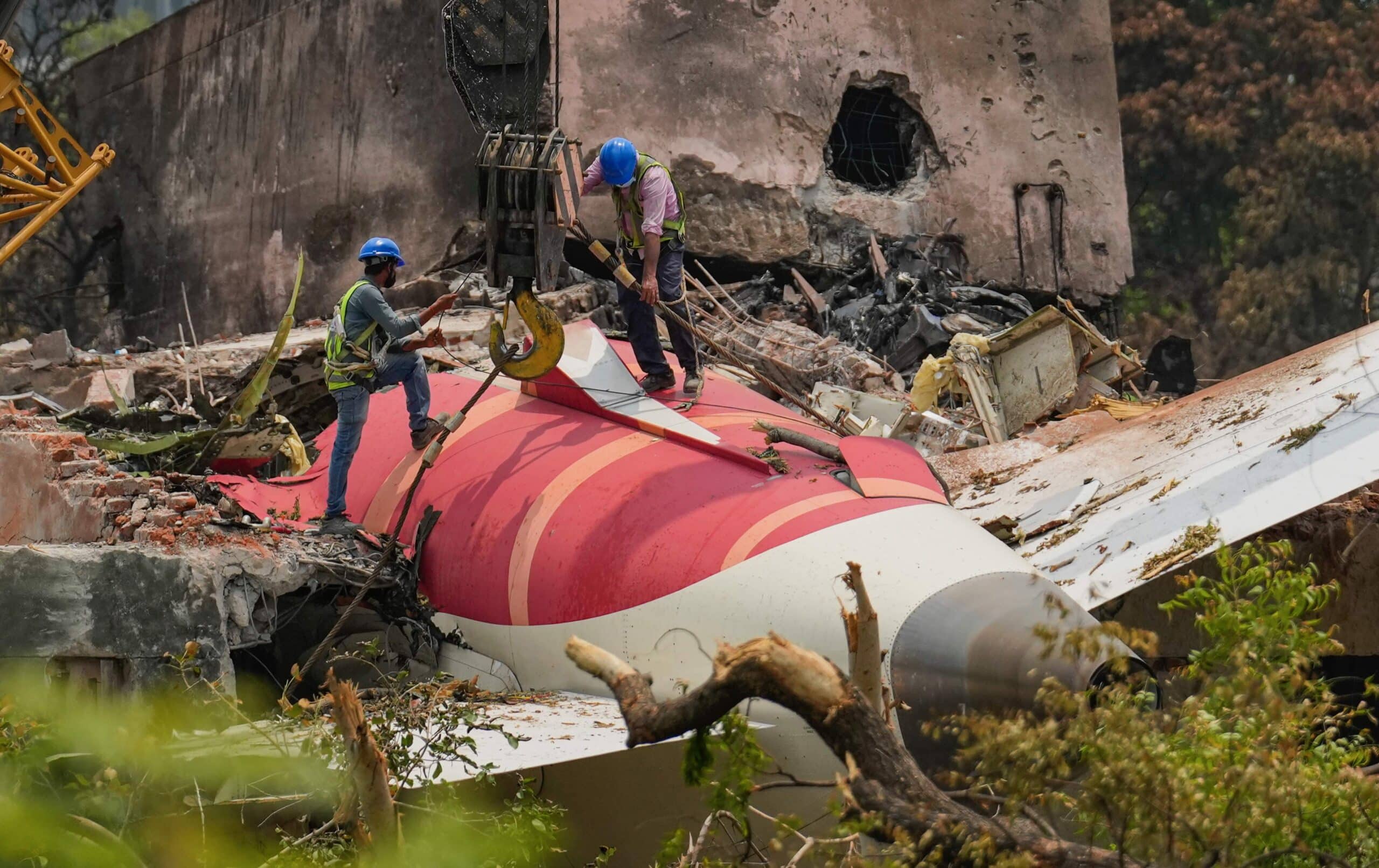Understanding Fuel Control Switches in the Context of the Air India Plane Crash

The preliminary investigation into the tragic crash of Air India Flight AI171 has revealed critical details about the incident that claimed the lives of 260 individuals, including 229 passengers and 12 crew members. The Boeing 787-8 Dreamliner lost power in both engines just three seconds after takeoff from Ahmedabad due to a sudden interruption in fuel supply. Only one passenger survived the catastrophic event, which occurred when the aircraft crashed into a nearby building shortly after departure. The Aircraft Accident Investigation Bureau (AAIB) has released a detailed report outlining the sequence of events leading to the disaster.
Engine Power Loss and Crash Details
The AAIB’s preliminary report indicates that both engines of the Boeing 787-8 Dreamliner experienced a sudden loss of thrust shortly after takeoff. This was attributed to the aircraft’s engine fuel control switches being inadvertently turned off, leading to a critical fuel supply cutoff. Investigators noted that the switches were flipped from the “RUN” position, which allows fuel flow, to “CUTOFF,” which halts it. This action resulted in the engines losing power and the aircraft descending rapidly. The report includes a timeline of events, revealing that the switches transitioned to “CUTOFF” just seconds after the aircraft reached a speed of 180 knots. Despite the crew’s distress call for help, the plane crashed into a building only 32 seconds after takeoff.
Understanding Fuel Control Switches
Fuel control switches play a vital role in regulating the flow of fuel to an aircraft’s engines. They are crucial during both engine start-up and shutdown procedures. In the case of an engine failure, pilots can use these switches to manually restart or shut down the engines. Experts emphasize that these switches are designed to prevent accidental activation. However, if they are moved, the consequences can be immediate and severe. Aviation safety expert John Cox highlighted that the switches and the fuel valves they control operate through independent power systems, underscoring the importance of redundancy and reliability in aircraft design.
Location and Functionality of Switches on Boeing 787
On the Boeing 787-8 Dreamliner, the fuel control switches are located just below the thrust levers. The aircraft involved in the crash was equipped with two General Electric engines. These switches are designed to remain in their designated positions unless deliberately moved. To change the switch from “RUN” to “CUTOFF,” a pilot must pull the switch up before shifting it, ensuring that any action taken is intentional. The system is built to be fail-safe, requiring purposeful input from the crew to prevent accidental shutdowns. Experts have noted that turning off these switches during takeoff is highly unusual and could lead to catastrophic outcomes, as seen in the case of Flight AI171.
Preliminary Findings and Expert Opinions
The preliminary data from the investigation revealed that both fuel switches were turned off in quick succession, leading to an immediate loss of thrust. Cockpit voice recordings captured a conversation between the pilots, with one questioning why the fuel was shut off, to which the other replied that he had not done so. The switches were returned to the “RUN” position 14 seconds later, but by that time, the engines had already lost critical thrust, resulting in a rapid descent. Aviation experts have expressed skepticism about the possibility of a pilot unintentionally shutting off both fuel switches, emphasizing that such an action would be highly unlikely during the climb phase. While the final cause of the crash is still under investigation, the preliminary findings have raised significant concerns regarding cockpit procedures, aircraft safety checks, and potential technical flaws.
Observer Voice is the one stop site for National, International news, Sports, Editor’s Choice, Art/culture contents, Quotes and much more. We also cover historical contents. Historical contents includes World History, Indian History, and what happened today. The website also covers Entertainment across the India and World.
Follow Us on Twitter, Instagram, Facebook, & LinkedIn

